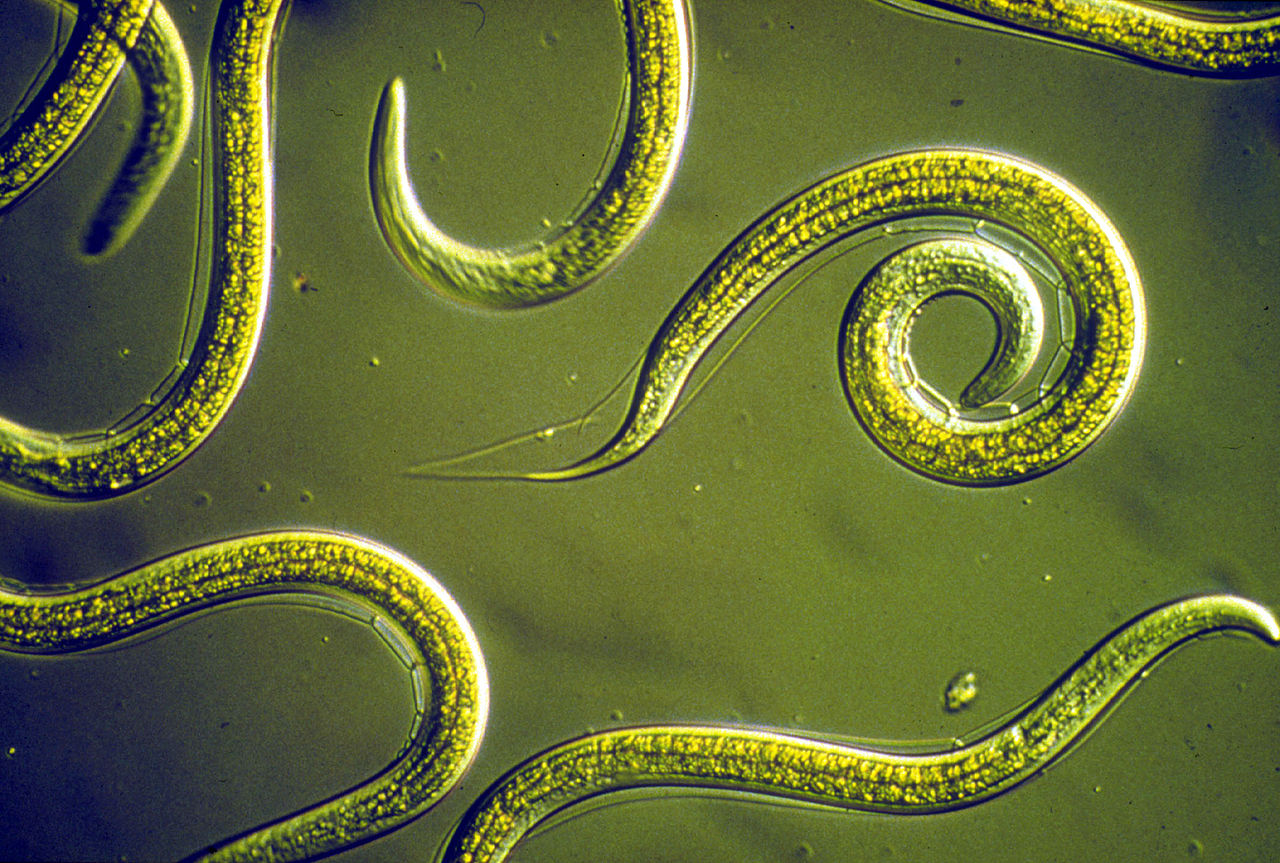
Targeting BDNF in the medial thalamus for the treatment of central poststroke pain in a rodent model
- STEM
- 2.1K
Approximately 7-10% of patients develop a chronic pain syndrome after the stroke. This chronic pain condition is called central poststroke pain (CPSP). Recent studies have observed an abnormal increase in the secretion of brain-derived neurotrophic factor (BDNF) in spinal cord tissue after spinal cord injury.

An animal model of CPSP was established by an intra-thalamus injection of collagenase. Mechanical and thermal allodynia was induced after lesions of the thalamic ventral basal complex in rats. Four weeks after the injection, the number of neurons decreased, the number of astrocytes, microglia, and P2X4 receptors increased, and BDNF mRNA expression increased in the brain lesion area.
Nociceptive activity in the medial thalamus (MT) and the coherence coefficient of spontaneous field potential oscillations in the anterior cingulate cortex were enhanced in CPSP animals, and these enhancements were blocked by an acute injection of TrkB-Fc and TrkB antagonist Tat Cyclotraxin-B.
Instead of being inhibited by the -aminobutyric acid (GABA) system in normal rats, multiunit activity in the MT was enhanced after a microinjection of muscimol, a GABAA receptor agonist, in CPSP animals. After CPSP, BDNF expression was enhanced in the MT, whereas the expression of GABAA channels and the cotransporter KCC2 decreased in the same area.
These findings suggest that neuronal plasticity in the MT that was induced by BDNF overexpression after the thalamic lesion was a key factor in CPSP.
The full-length article can be accessed from here http://bit.ly/2qPzNGg
Dr. Shyu, Bai Chuang’s lab focusses on the Neurophysiology, Electrophysiology, Neuroimaging and Pain.
Link to his Research Group

The central processes in the medial pain system involved in emotional responses to acute and chronic pain remain largely unresolved. In the medial pain system, high threshold afferents from somatic regions have been shown to access neurons in the medial thalamus (MT) and anterior cingulate cortex (ACC). Our long-term research objective is to investigate the nociceptive mechanism underlying the affective/emotional aspect of acute and chronic pain conveyed by the medial pain system. Recently we focused our attention on investigating the neuronal mechanisms underlying the central post-stroke pain
During the course of the studying of the thalamocingulate network activities, his research group developed a novel technique to prepare brain slice which contains intact thalamocingulate pathway. This preparation allows them to study the cellular mechanism underlying the information transmission in thalamocingulate circuitry in vitro.
They also found that spontaneous seizure-like activities could be induced in this slice preparation. Thus it provides us a unique opportunity to study the cellular mechanism underlying cingulate epilepsy. So they develop another direction in epileptic research.
The aims of his research in epileptic research were addressed to following issues:
- Thalamic modulation of cingulate epilepsy, gap junctions involved in the modulation of cingulate epilepsy,
- Modulation of the direct current field stimulation and the cortical seizure regulated by optical stimulation of reticular thalamic nucleus.


